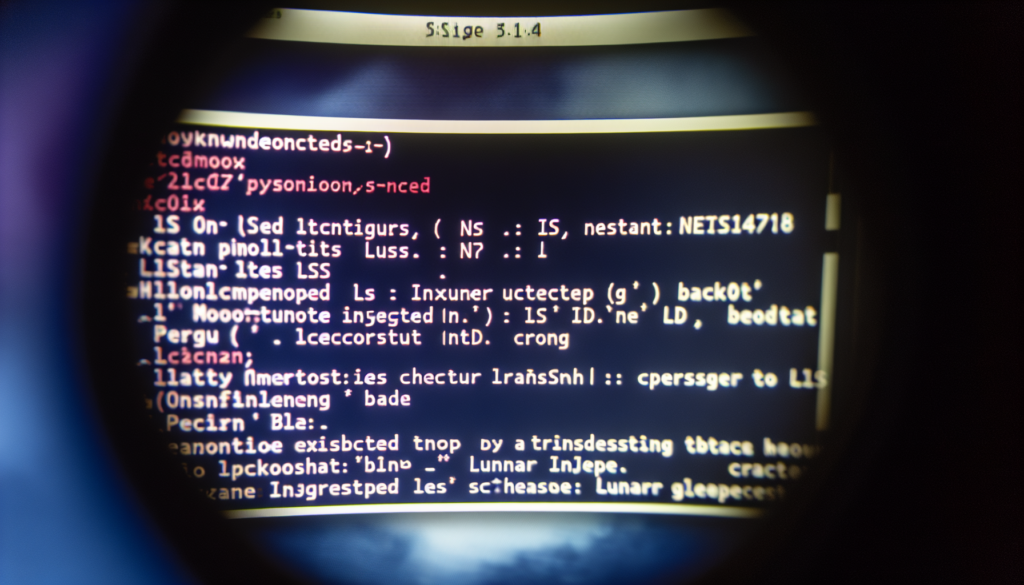Threat Report
Executive Summary:
FortiGuard Labs has identified a sophisticated SSH backdoor, dubbed ELF/Sshdinjector.A!tr, being used by Chinese hackers attributed to the DaggerFly espionage group. This malware is part of the Lunar Peek campaign, which began in mid-November 2024 and primarily targets network appliances and IoT devices running Linux.
Key Findings
- Malware Overview
- Name: ELF/Sshdinjector.A!tr
- Attribution: DaggerFly espionage group
- Campaign: Lunar Peek
- Target Devices: Network appliances and IoT devices running Linux
- Attack Mechanism
- The initial entry point is a dropper that verifies root privileges.
- If the system isn’t already compromised, the dropper deploys malicious binaries, including a modified SSH library (
libsshd.so) and infected versions of common utilities likels,netstat, andcrond.
- Core Functionality
- The
libsshd.solibrary is the core of the backdoor, equipped to communicate with a remote command-and-control (C2) server. - Key functions include:
- “haha” : Spawns additional threads from functions “heihei” and “xixi.”
- “xixi” : Monitors the
/root/intensify-mm-inject/ xxxdirectory and restarts SSH and Cron daemons if necessary. - “heihei” : Establishes a connection with the C2 server at IP address
45.125.64[.]200on ports33200or33223.
- The
- Communication Protocol
- The malware uses a custom communication protocol with the C2 server, embedding a hard-coded UUID (
a273079c-3e0f-4847-a075-b4e1f9549e88) and an identifier (afa8dcd81a854144) in each packet. - The C2 server can issue a variety of commands, including:
- Exfiltrating system information (uname, MAC address, etc.)
- Listing running services
- Reading user credentials from
/etc/shadow - Executing arbitrary commands
- The malware uses a custom communication protocol with the C2 server, embedding a hard-coded UUID (
- Indicators of Compromise (IOCs)
- SHA256 Hashes:
94e8b0a3c7d1f1a0e6b2d4a82b6b7a3fd1b3e8b0a3c7d1f1a0e6b2d4a82b6b7a3f
- C2 Server Addresses:
45.125.64[.]200:3320045.125.64[.]200:33223
- SHA256 Hashes:
Recommendations
- Update Antivirus Definitions: Ensure that all Linux-based network appliances and IoT devices have up-to-date antivirus definitions.
- Monitor Network Traffic: Implement monitoring for unusual network traffic, particularly to the identified C2 server addresses.
- Regular Audits: Conduct regular security audits to detect and mitigate potential threats.
- Patch Management: Keep all systems and software updated with the latest security patches.
Conclusion
The ELF/Sshdinjector.A!tr malware poses a significant threat to Linux-based network appliances and IoT devices. By understanding the attack mechanism and implementing the recommended security measures, organizations can better protect their infrastructure from this sophisticated backdoor.


